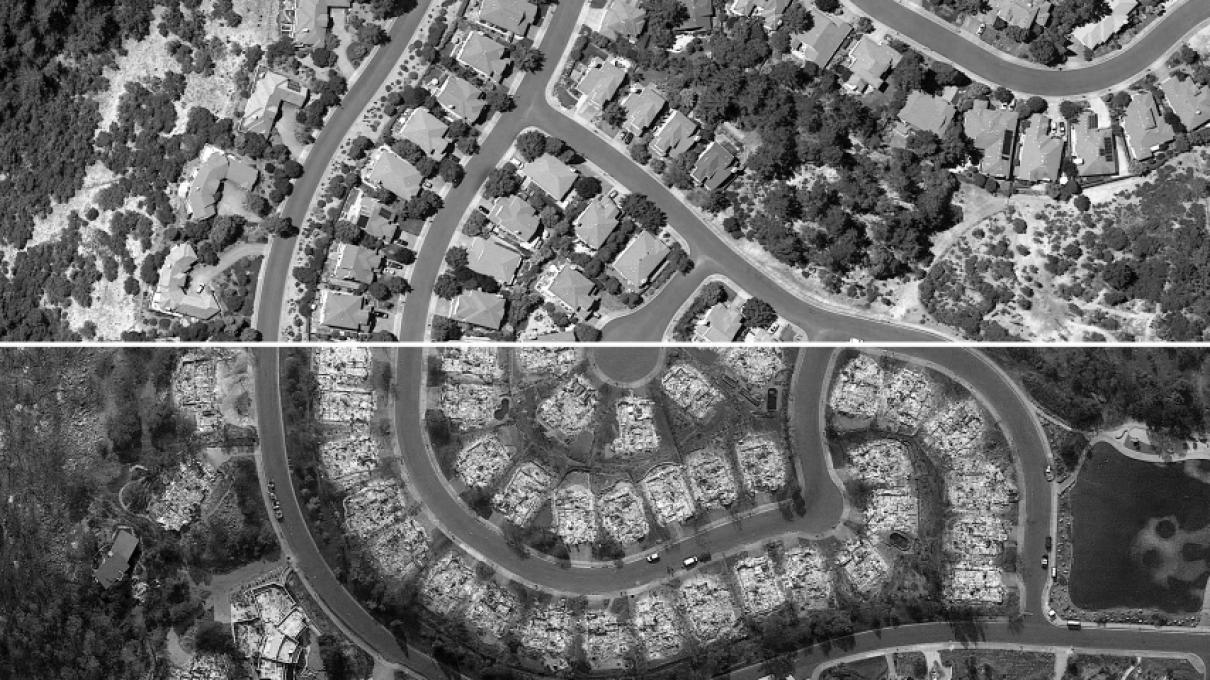The rapid proliferation of rural development in the United States has, in the past several decades, lead to the steady growth of areas known as the wildland-urban interface (WUI). Defined as developed area that meets or intermingles with undeveloped wildlands, the WUI is associated with increased risk of wildfire. In California, where at least 25% of the state’s population (more than 11 million people) live in the wildland-urban interface, these wildfires have become enormously destructive.Here, the issue has been compounded by decades of poor forest management, a statewide housing crisis, and limited budget for management of federal lands. Studies that incorporate climate change models show these fires continuing to increase dramatically in both severity and frequency due to longer, hotter dry seasons and larger fuel reserves. This project is researching settlement patterns within and adjacent to California’s wildland-urban interface areas. It builds off our recent and ongoing research on both urban resilience and contemporary forest management practices, and will culminate in a comprehensive survey of physiographic conditions and development trends that reveal challenges and opportunities for urban designers, policy makers, and landowners in these high-risk areas.
